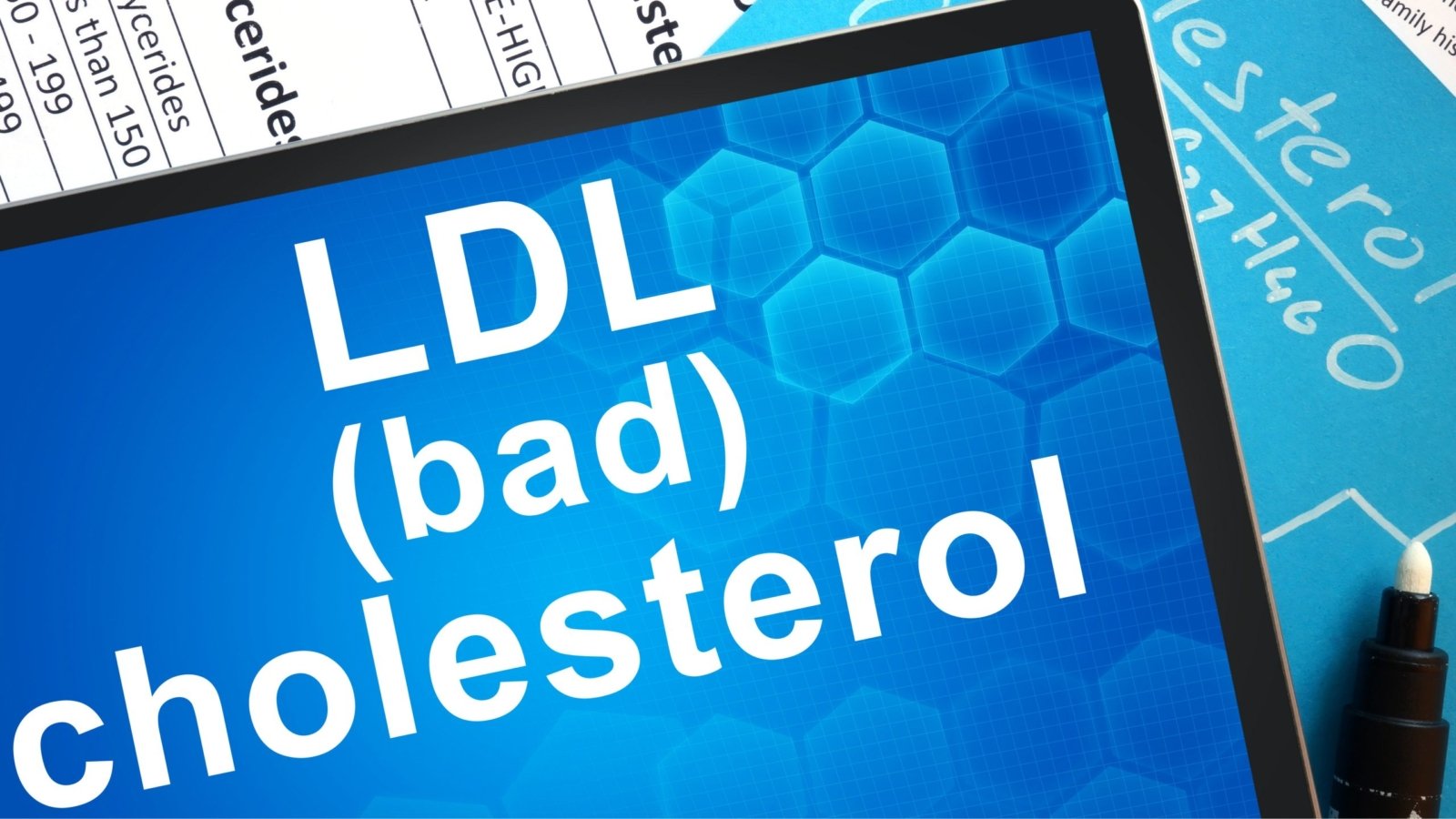Before discussing LDL cholesterol, let’s see what cholesterol in general means.
Cholesterol is a type of lipid that is essential for the body. It is used to build cell membranes, produce hormones and aid in the absorption of fat-soluble vitamins.
And, LDL cholesterol is the “bad” cholesterol that can clog arteries and lead to heart disease.
It is often called “bad” cholesterol because it can build up in your arteries and form plaque. Plaque is a sticky substance that can clog your arteries and lead to atherosclerosis.
In this blog post, we’ll discuss briefly the causes, symptoms and treatment of LDL cholesterol.
Causes of LDL Cholesterol
There are a number of factors that can contribute to your bad cholesterol levels, which are as follows:
Symptoms
High levels of LDL cholesterol are a major risk factor for heart disease, and it is important to know the symptoms so that you can take steps to lower your cholesterol levels if necessary.
While high cholesterol usually has no symptoms, these common symptoms could mean that you may be having high levels of bad cholesterol in your blood.
If you experience any of these symptoms, it is important to see your doctor so that he can test your cholesterol levels and advise you on how to lower them.
In many cases, lifestyle changes like eating a healthy diet and exercising regularly can be enough to lower your bad cholesterol levels.
However, medication may be required in some cases.
Treatment of LDL Cholesterol
While some of the risk factors are out of our control, there are still steps we can take to reduce the risks of high cholesterol levels in the body.
While LDL cholesterol is a major risk factor for heart disease, it is important to remember that not all LDL cholesterol is bad. In fact, there are different types of LDL cholesterol, and some types are actually beneficial.
For example, LDL cholesterol that is large and fluffy is not as dangerous as LDL cholesterol that is small and dense. That’s because the large, fluffy LDL particles are less likely to get stuck in the arteries. So while all LDL cholesterol should be treated, not all LDL cholesterol is created equal.
Healthy Cholesterol Levels by Age
Below is a chart of healthy cholesterol levels (mg/dL) by age.

Data for Infographic: courtesy of Cleveland Clinic
Bottomline
There are many ways of reducing your LDL cholesterol levels.
It is often referred to as bad cholesterol because it can build up in the arteries and increase the risk of heart disease. However, all LDL cholesterol is not bad.
In fact, LDL cholesterol plays an important role in your body and is essential for your good health.
Therefore, the treatment of LDL cholesterol should not be about completely eliminating it from the body, but rather about keeping it at a healthy level.
Treatment for high cholesterol typically involves lifestyle changes, such as eating a healthy diet and exercising regularly. Medications may also be prescribed in some cases.
If you have a question related to this blog post, write to us here and we will update this post with a response.
If you have any more questions, please feel free to write to us at support@nugenomics.in or call us directly at +91 9176655912
You can also visit Here to know more about how we can help you and make your life better.
 Cart is empty
Cart is empty 
I have bookmarked your webpage and will be checking back frequently for updates.
Continue your excellent writing.
I really admire your blog-writing approach.